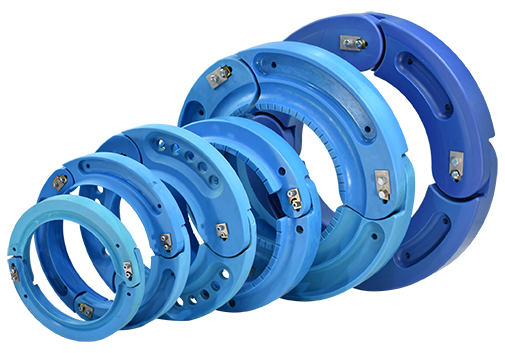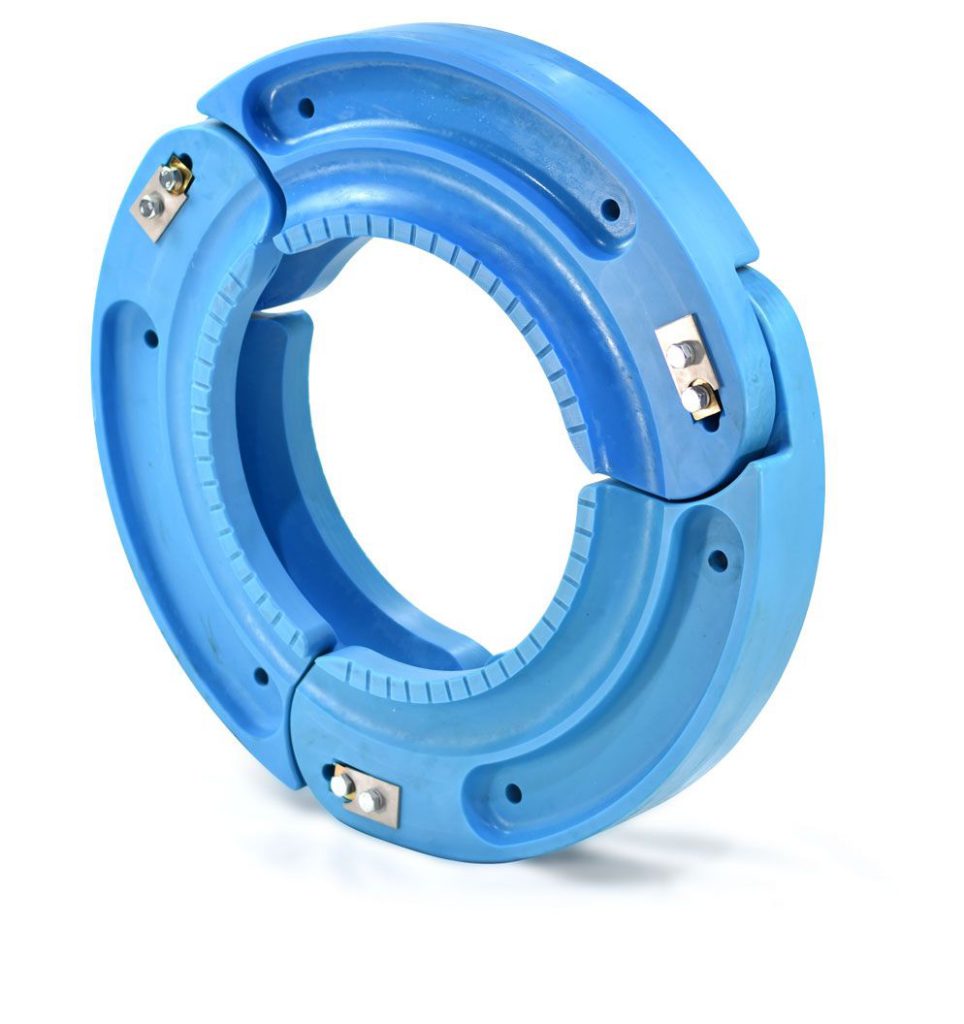- June 17, 2025
- Posted by: feinuojixie
- Category: Run Flat Guide


When most people think about military innovation, they imagine stealth jets, satellite systems, or advanced weaponry. Rarely does the humble tire come to mind. Yet on the battlefield, something as unassuming as a run flat tire can mean the difference between mission success and catastrophic failure. While civilians continue to rely on traditional tire for daily commutes, military forces around the world have long recognized the strategic edge offered by run flat tire. What the military knows—but most people don’t—is that in the harshest conditions, staying mobile isn’t optional—it’s survival. This article uncovers the critical differences between run flat tire and traditional tire, revealing why the military made its choice—and why you might want to rethink yours.
Understanding the Basics: What Is a Run Flat Tire?
A run flat tire is a specialized tire engineered to keep a vehicle moving even after it has been punctured or deflated. Unlike a traditional tire, which collapses when air is lost, a run flat tire uses reinforced sidewalls or internal support rings to temporarily maintain its shape and support the vehicle’s weight. This allows continued driving—often up to 50 miles at reduced speeds—without immediate tire replacement. The military embraced this innovation not just for convenience, but because it directly addresses life-and-death scenarios where stopping a vehicle could be fatal.


The Military’s Choice: Why Run Flat Tire Is the Standard
In military operations, mobility is more than a matter of convenience—it’s a core tactical asset. That’s why run flat tire has become standard across many military vehicles, from armored personnel carriers to light tactical trucks. These tires enable troops to maintain movement under fire, navigate through minefields, and execute missions without relying on perfect terrain or constant support. The military doesn’t gamble with its logistics; choosing run flat tire ensures vehicles stay in action longer and with fewer disruptions, even under extreme pressure.
Durability Under Fire: Run Flat Tire Performance in Combat Zones
Traditional tire fails quickly when exposed to the realities of combat—bullets, debris, and explosive threats. Run flat tire, however, is built to take damage and keep going. In active warzones, vehicles are often targeted specifically to disable their mobility. With a traditional tire, one well-placed shot could leave a vehicle stranded. Run flat tire resists such attacks, absorbing or withstanding the impact long enough to exit the hot zone. This resilience is why run flat tire is not just preferred but considered essential in military scenarios.
Logistical Mastery: Run Flat Tire Reduces Risk and Resupply Needs
Supplying replacement parts—especially bulky items like tires—is one of the most complex and dangerous aspects of military logistics. Each supply run risks exposure to ambushes, IEDs, or aerial surveillance. With run flat tire, the frequency of tire-related breakdowns plummets. Fewer stops mean fewer support vehicles, fewer personnel at risk, and leaner, more efficient operations. This is a major reason why military strategists view run flat tire as a force multiplier: it helps reduce the supply chain footprint without sacrificing effectiveness.
Safety First: Run Flat Tire Enhances Crew Survival Rates
For military personnel, a flat tire isn’t just a mechanical issue—it can be a death sentence. When vehicles stop in hostile territory, they become easy targets for enemy forces. Run flat tire allows crews to keep moving after a puncture, increasing their chance of escaping ambushes or reaching medical assistance. This mobility buys precious minutes, and in warfare, those minutes can save lives. The military’s investment in run flat tire is, at its core, an investment in soldier survival.
Speed and Strategy: Run Flat Tire Supports Rapid Military Deployment
Military engagements often require swift changes in direction, pace, and location. Whether repositioning during a firefight or making a rapid retreat, vehicle reliability is non-negotiable. Run flat tire gives units the confidence to move without second-guessing the terrain or tire condition. There’s no need to slow down for fear of puncture. This strategic advantage keeps military forces one step ahead, allowing commanders to execute bold maneuvers with reduced risk of mechanical failure halting progress.
Traditional Tire Pitfalls: Why Civilian Tires Fall Short in Combat
Traditional tire was never designed for warfare. Made primarily for comfort and fuel efficiency on paved roads, it lacks the structural integrity to endure the stress of combat zones. A single puncture can immobilize a traditional tire, and there’s little room for error in a firefight. Even reinforced civilian tires can’t match the ruggedness of run flat tire. The military learned this early on, often through costly battlefield lessons. Civilian drivers, however, still rely on these less durable tires, unaware of their limitations under pressure.
Lessons for Civilians: What Everyday Drivers Can Learn from Military Run Flat Tire Use
While most civilians aren’t navigating combat zones, they still face scenarios where tire failure can be dangerous—remote highways, extreme weather, or high-speed driving. Adopting run flat tire can provide similar benefits to those enjoyed by the military: improved safety, less downtime, and greater peace of mind. From emergency response vehicles to family cars, the value of staying mobile after a puncture is universal. Civilian drivers can take a page from the military’s playbook and opt for resilience over routine.


Bridging the Knowledge Gap Between Military and Civilian Tire Technology
The military’s use of run flat tire is a clear reflection of its priorities: performance, safety, and mission success. While traditional tire may still dominate civilian roads, it’s becoming increasingly clear that this may soon change. As more drivers recognize the tactical, practical, and even life-saving advantages of run flat tire, the line between military-grade and mainstream may blur. What the military knows about tire technology isn’t classified—it’s just overlooked. And it’s time more people paid attention.
